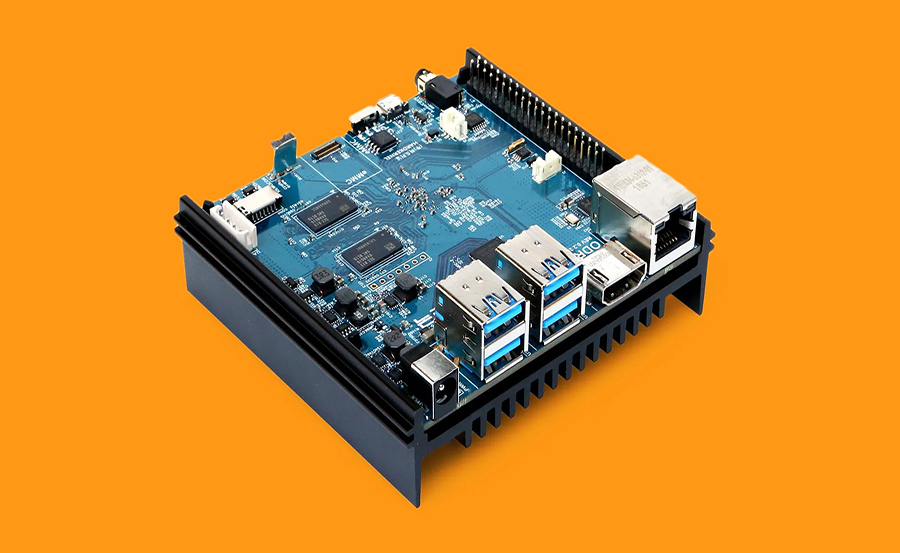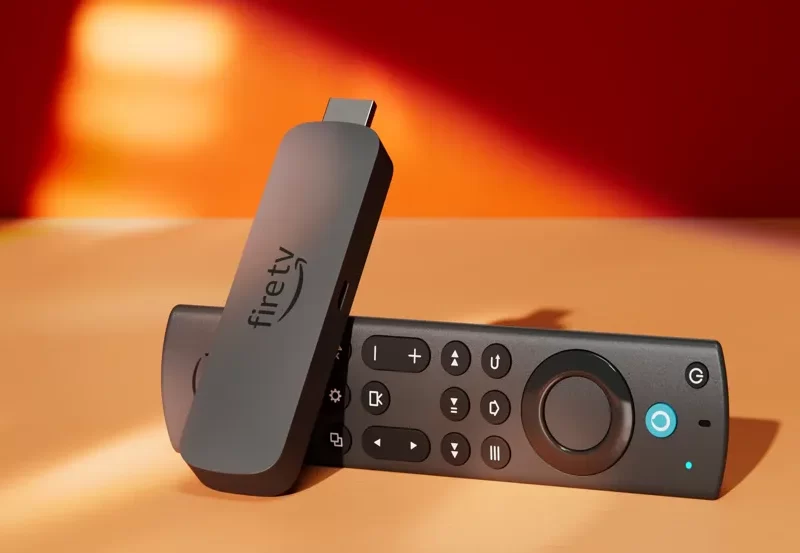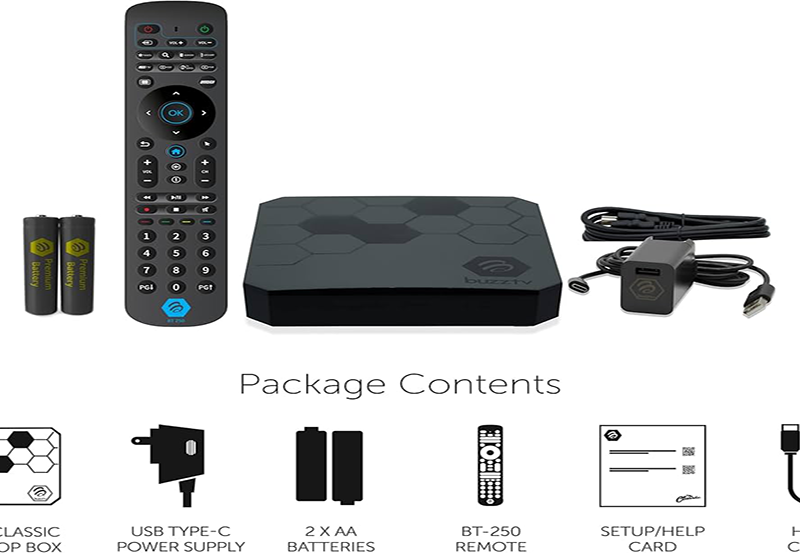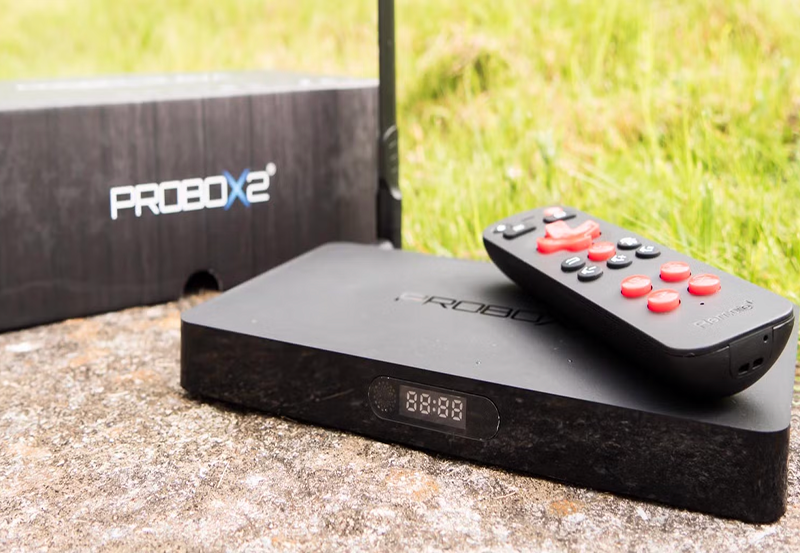In the ever-evolving world of technology, the Raspberry Pi stands out as a beacon of innovation and accessibility. This pocket-sized computer has captured the imaginations of hobbyists, educators, and professionals alike. From creating customized media servers with IPTV capabilities to educational robotics, the applications are nearly limitless. But to truly unlock the potential of your Raspberry Pi, you need the right accessories. Welcome to the ultimate guide that will walk you through those essential add-ons that enhance your Raspberry Pi experience!
Why Raspberry Pi Accessories Matter
At the heart of the Raspberry Pi’s charm is its versatility. This small yet powerful device serves as a foundation for numerous projects; however, its true potential can only be realized with the right peripherals. Accessories not only expand the range of possibilities but also improve functionality. Whether you are using it for personal projects or professional applications, understanding the right components is crucial.
Let’s explore how these accessories can transform your Raspberry Pi into a powerhouse of utility and innovation. From enhancing computing power with additional processors to integrating IoT devices, each accessory opens a new door.
Smart Insight:
Unlock premium UK entertainment with XtremeHD UK, offering crystal-clear live TV and on-demand content.
Core Accessories for Every Raspberry Pi Setup
Before diving into niche applications, let’s touch on the fundamental accessories that every Raspberry Pi owner should consider. These are the backbone of any setup and ensure your Raspberry Pi runs smoothly without a hitch.
Power Supply Units
The Raspberry Pi requires a stable power supply to function optimally. While the official Raspberry Pi power supply is highly recommended, there are alternative options that include backup options during power interruptions.
- 5V/2.5A Power Supply: The standard for most Raspberry Pi models, providing reliable output.
- Battery Pack: Ideal for portable projects, making your Raspberry Pi wireless and mobile.
MicroSD Cards
Storage is another key consideration. The Raspberry Pi uses MicroSD cards as its main storage medium. Opt for high-capacity, high-speed cards to ensure fast read and write operations.
- 32GB Class 10 MicroSD: A popular choice for beginners.
- 64GB U3 MicroSD: For users requiring more speed and capacity.
Enhancing Connectivity with Additional Peripherals
Connectivity is crucial when it comes to modern computing solutions. Your Raspberry Pi’s potential can be significantly augmented by investing in the right peripherals that enhance communication with other devices and networks.
Wi-Fi and Bluetooth Adapters
Although newer Raspberry Pi models often come with built-in Wi-Fi and Bluetooth, older models might require external adapters to achieve the same connectivity levels. Moreover, enhanced adapters can boost signal strength and reception quality.
- Dual-band Wi-Fi Adapter: Ideal for regions with congested Wi-Fi airspace, providing both 2.4GHz and 5GHz bands.
- Bluetooth 5.0 Adapter: Offers improved speed and range, essential for IoT applications.
RF Modules and Extended Antennas
For advanced users interested in radio frequency applications, adding RF modules can enable communication over longer distances without relying on infrastructure like Wi-Fi or Bluetooth.
- NRF24L01+ Modules: Commonly used in DIY and hobbyist projects requiring wireless communication.
- Extended Antennas: Improve the range and reliability of your RF connections.
Expansion Options for Professionals and Enthusiasts
Once you’ve covered the basics, it might be time to explore more specialized accessories, particularly for complex projects or professional deployments. Add-ons like external hard drives, additional RAM, or GPU integration can enhance capability significantly.
External Hard Drives and SSDs
While the MicroSD card suffices for basic operations, projects involving vast amounts of data will benefit from connecting high-speed HDDs or SSDs.
- USB 3.0 External HDD: Offers expanded space for media, backups, and applications.
- SATA SSD via USB Adapter: For speed-critical applications that require rapid access times.
Graphic Processing Units (GPUs)
For tasks involving graphics processing, a dedicated GPU can offload the main processor, leading to faster image processing and better performance in multimedia applications.
- External USB GPUs: Provides additional processing power for video encoding or machine learning tasks.
- Compute Module 4 IO Board: Enhances efficiency and accessibility, designed specifically for Raspberry Pi’s compute module.
Accessories for Media and Entertainment
Transforming a Raspberry Pi into a media center is a hugely popular use case, and there are specific accessories aimed at optimizing this experience, particularly when dealing with IPTV systems for streaming excellence.
IPTV Setup
Utilizing IPTV providers, Raspberry Pi can become a powerful entertainment hub. With the best IPTV deals, users can unlock the ultimate IPTV experience, streaming their favorite channels seamlessly through their home network.
- IPTV Player Software: Essential for decoding and playing streaming channels.
- TV Tuner Add-ons: Expand your options to include over-the-air signals alongside streaming services.
Audio Enhancements
Sound quality can make or break a media setup. Accessories such as DACs and high-fidelity amplifiers can elevate audio performance considerably.
- USB DAC (Digital to Analog Converter): Provides superior sound quality for audiophiles and music enthusiasts.
- Mini Amplifiers: Boosts sound output without the need for a full stereo setup.
Crafting Unique Projects: Advanced Ideas and Add-ons
For the ambitious, Raspberry Pi offers the foundation for a wide array of intriguing projects. Enhance these with advanced accessories for automation, robotics, and more. These add-ons can push the boundaries of your Raspberry Pi projects.
Robotics and Automation
Through creative use of robotics modules, sensors, and controllers, your Raspberry Pi can evolve into the brain of complex automation systems. Perfect for educational settings and beyond.
Motor Driver Boards
Drive and control motors efficiently with integrated boards. These are essential for building mobile robots and similar mechanical devices.
- Dual H-Bridge Motor Drivers: Allows precise control of multiple motors simultaneously.
- Brushless Motor Controllers: Used in applications where high efficiency and longevity are critical.
Sensor Kits and Modules
To gather data about the environment, robust sensor kits are vital. These allow for the capture and interpretation of various metrics, such as temperature, humidity, or motion.
- Environmental Sensor Kits: Include temperature, humidity, and pressure sensors.
- Motion Detectors: Useful for projects involving security or automated response systems.
Smart Home Devices
A DIY smart home hub can revolutionize home automation using Raspberry Pi and appropriate accessories. Facilitating the control of lights, heating, and security through integrated systems is both challenging and rewarding.
Home Automation Controllers
Expand the Raspberry Pi’s capabilities to interface with various home automation technologies, like Z-Wave, Zigbee, or even proprietary smart home systems.
- Z-Wave Modules: Interact with Z-Wave enabled devices for facility management.
- Smart Outlet Controls: Allow power management and control of appliances.
Security System Modules
Leverage Raspberry Pi’s flexibility to craft scalable and secure home monitoring systems. With proper integration, automation can extend to surveillance and alert management.
- Security Cameras: Wireless options available with pan and tilt functionalities.
- Intrusion Detection Systems: Assure home safety with precise sensor-based monitoring.
Concluding Thoughts on Raspberry Pi Accessories
Embarking on a journey with Raspberry Pi is an exciting voyage through creativity and technology. With the right accessories, you can transform this tiny computer into almost anything you can imagine. From media centers leveraging IPTV technologies to sophisticated robotics and smart home applications, the possibilities add layers of innovation to your projects. Remember, the key to success lies in selecting components that align with your ambitions and objectives. As you expand your Raspberry Pi toolkit, continue experimenting, keep exploring new tools, and above all, enjoy the process!
FAQ Section

What accessories are essential for beginners with Raspberry Pi?
Beginners should start with a reliable power supply, a microSD card with ample storage, a case for protection, and basic peripherals like a keyboard and mouse. These form a solid foundation for most initial projects.
Can I use my Raspberry Pi for IPTV streaming?
Yes, with the proper software and setup, Raspberry Pi can act as an IPTV streaming device. Ensure you have a stable internet connection and check out the best IPTV deals to maximize your experience.
What type of projects can I automate with Raspberry Pi?
You can automate a variety of projects, from robotics to smart home systems. With the right accessories like motor controllers and sensor kits, the possibilities are extensive.
How do external peripherals affect Raspberry Pi performance?
External peripherals like additional storage, GPUs, or network adapters can significantly enhance Raspberry Pi’s performance and expand its application range. They can boost speed, capacity, or connectivity, depending on the accessory.
Does Raspberry Pi support wireless communications out of the box?
Most recent models support Wi-Fi and Bluetooth natively. However, older models might need external adapters to add those capabilities.
Are there any health and safety concerns when using Raspberry Pi?
As with any electronic device, ensure proper ventilation to avoid overheating, use only certified power supplies to prevent electrical hazards, and handle with care to avoid damage.
How can Raspberry Pi enhance learning in educational settings?
Raspberry Pi is a cost-effective tool that aids in teaching programming, electronics, and robotics. It enhances engagement by offering hands-on experience with projects and real-world applications.
Top Tips to Enhance Picture Quality on Your Vizio Smart TV




